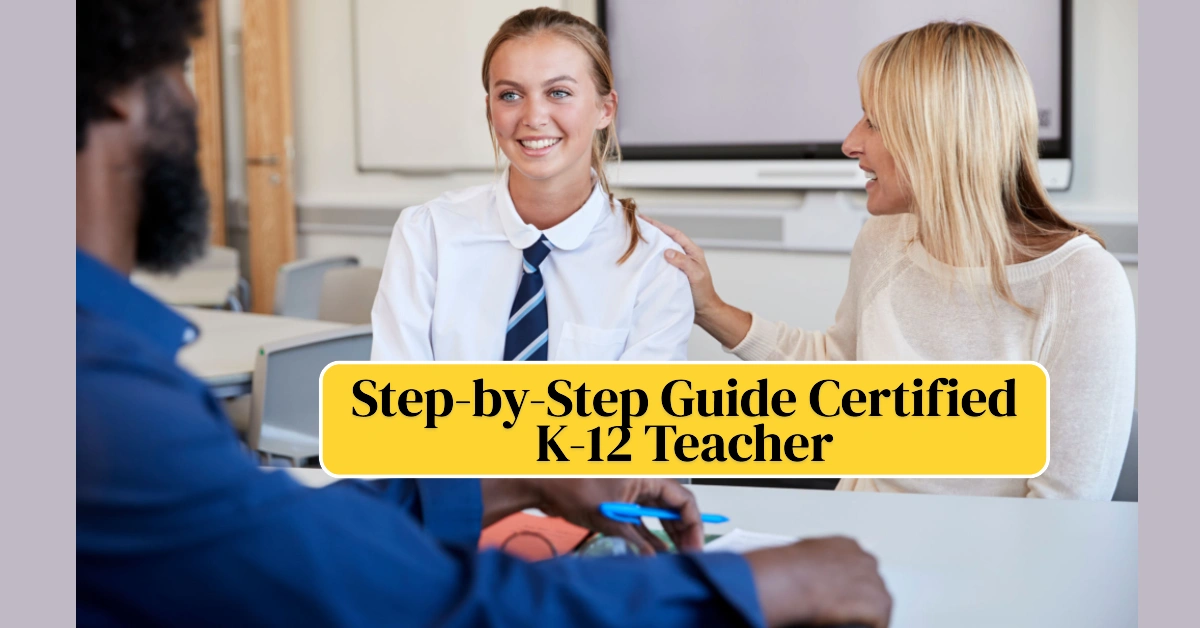Are you passionate about education and considering a career as a K-12 teacher in British Columbia? Teaching in BC’s public and independent school systems is a fulfilling and impactful profession — but before you step into a classroom, there are important requirements and pathways to understand.
Table of Contents
Here’s a comprehensive breakdown of what it takes to become a certified teacher in British Columbia, including education pathways, certification requirements, and program options.
Step 1: Understand the Certification Requirement in BC
To teach in BC’s K-12 system, you must obtain a teaching certificate issued by the Teacher Regulation Branch (TRB). This certificate authorizes you to teach in both public and most independent schools across the province.
To be eligible for a BC teaching certificate, you must:
- Complete an undergraduate (bachelor’s) degree
- Complete a professional teacher education program
- Meet the fitness, conduct, and competency standards set by the TRB
Altogether, this typically requires five years of full-time study.
Teacher Benefits in British Columbia 2025: Salary, Pension, Health Plans & Work-Life Perks Explained
Which Province in Canada has High Demand for Teachers 2025? A Comprehensive Guide
Guide for Applicants Educated in Canada: Requirements to Become a Teacher in British Columbia
Step 2: Choose Your Teaching Path – Elementary/Middle or Secondary
BC offers two main education streams for prospective teachers:
1. Elementary/Middle School (Grades K–7)
- Teachers are considered generalists
- You will need a broad academic background in multiple subjects such as English, math, science, social studies, and the arts
- Ideal for those who enjoy working with younger children and teaching across multiple disciplines
2. Secondary School (Grades 8–12)
- Teachers are considered subject specialists
- You will need to complete a major or minor in one or two teachable subjects (e.g., biology, chemistry, math, English, history)
- Ideal for those who are passionate about specific subject areas and want to focus on those topics at a deeper level
Middle school teachers may fall into either stream, depending on the structure of the school district, but often benefit from having both breadth and subject specialization.
Step 3: Complete a Bachelor’s Degree (Pre-Education Phase)
Your first four years of study will typically focus on completing a Bachelor’s degree in an academic field. This phase prepares you in content knowledge — essentially, what you will eventually teach.
- For elementary education, students take a wide range of subjects to build a comprehensive background.
- For secondary education, students focus on a specific subject area, completing a major or minor in a teachable subject.
Note: It’s important to ensure your coursework aligns with teachable subject requirements recognized by BC institutions.
Step 4: Apply to a Professional Teacher Education Program
Once your undergraduate degree is complete, the next step is to enter a Bachelor of Education (BEd) post-degree program.
Example: Bachelor of Education at the University of the Fraser Valley (UFV)
- Full-time applied professional program
- Offers two main options:
- Elementary/Middle School Stream
- Secondary School Stream, with two subject-focused options:
- Math/Science
- Humanities (English and Social Studies)
During your BEd program, you’ll take:
- Theory and methods courses tailored to effective teaching practices
- Curriculum development and classroom management training
- Supervised practicums, where you’ll apply your learning in real BC classrooms
Step 5: Apply for Certification Through the Teacher Regulation Branch
After completing your BEd program:
- You’ll submit an application to the Teacher Regulation Branch (TRB)
- You’ll be evaluated on academic qualifications, professional training, and personal suitability to work with children
- Once approved, you will be issued a Standard Teaching Certificate, allowing you to begin teaching in BC schools
Note: Not all BEd programs offer every teachable subject area — it’s important to research whether your intended subjects are supported by your institution of choice.
Final Thoughts: Becoming a Teacher in BC Is a Rewarding and Structured Journey
From your undergraduate studies to supervised practicums, the path to becoming a certified K-12 teacher in British Columbia is structured to ensure both strong content knowledge and effective teaching practice. Whether you aim to teach young children or specialize in a subject area at the high school level, your journey starts with academic preparation and ends with impactful classroom leadership.
Be sure to research program availability, meet TRB requirements, and stay informed about updates from institutions like UFV and the BC Ministry of Education.


4 thoughts on “How to Become a Certified K-12 Teacher in British Columbia: Step-by-Step Guide to Teaching in BC Schools”